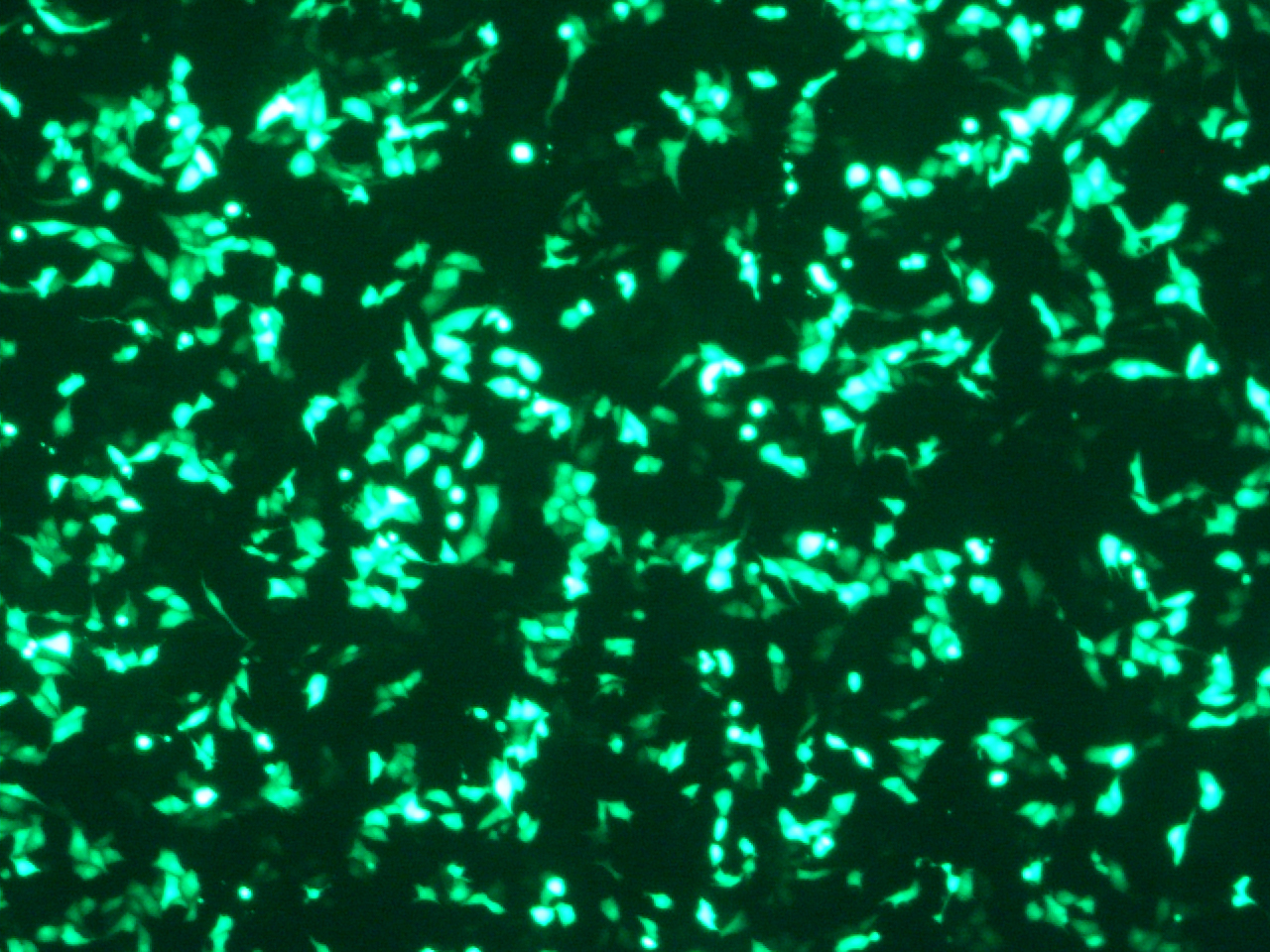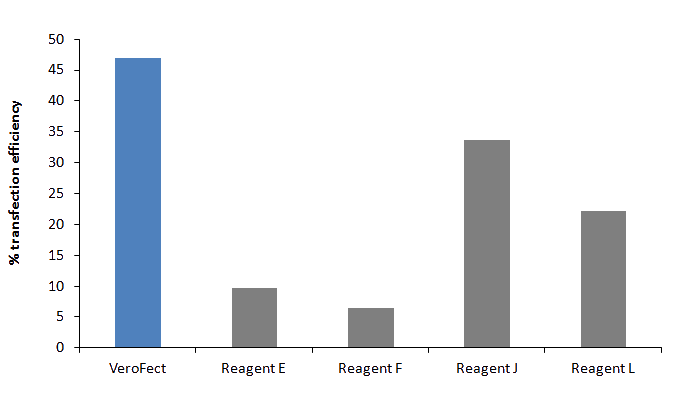The dengue virus NS1 is a multifunctional protein that forms part of replication complexes. NS1 is also secreted, as a hexamer, to the extracellular milieu. Circulating NS1 has been associated with dengue pathogenesis by several mechanisms. Cell binding and internalization of soluble NS1 result in endothelial hyperpermeability and in the downregulation of the innate immune response. In this work, we report that the HDL scavenger receptor B1 (SRB1) in human hepatic cells and a scavenger receptor B1-like in mosquito C6/36 cells act as cell surface binding receptors for dengue virus NS1. The presence of the SRB1 on the plasma membrane of C6/36 cells, as well as in Huh7 cells, was demonstrated by confocal microscopy. The internalization of NS1 can be efficiently blocked by anti-SRB1 antibodies, and previous incubation of the cells with HDL significantly reduces NS1 internalization. Significant reduction in NS1 internalization was observed in C6/36 cells transfected with siRNAs specific for SRB1. In addition, the transient expression of SRB1 in Vero cells, which lacks the receptor, allows NS1 internalization in these cells. Direct interaction between soluble NS1 and the SRB1 in Huh7 and C6/36 cells was demonstrated in situ by proximity ligation assays and in vitro by surface plasmon resonance. Finally, results are presented indicating that the SRB1 also acts as a cell receptor for Zika virus NS1. These results demonstrate that dengue virus NS1, a bona fide lipoprotein, usurps the HDL receptor for cell entry and offers explanations for the altered serum lipoprotein homeostasis observed in dengue patients. IMPORTANCE Dengue is the most common viral disease transmitted to humans by mosquitoes. The dengue virus NS1 is a multifunctional glycoprotein necessary for viral replication. NS1 is also secreted as a hexameric lipoprotein and circulates in high concentrations in the sera of patients. Circulating NS1 has been associated with dengue pathogenesis by several mechanisms, including favoring of virus replication in hepatocytes and dendritic cells and disruption of the endothelial glycocalyx leading to hyperpermeability. Those last actions require NS1 internalization. Here, we identify the scavenger cell receptor B1, as the cell-binding receptor for dengue and Zika virus NS1, in cultured liver and in mosquito cells. The results indicate that flavivirus NS1, a bona fide lipoprotein, usurps the human HDL receptor and may offer explanations for the alterations in serum lipoprotein homeostasis observed in dengue patients.

 SingaporeSG
SingaporeSG ChinaCN
ChinaCN MalaysiaMY
MalaysiaMY IndonesiaID
IndonesiaID MyanmarMM
MyanmarMM_pddqnqv8.png)




_lzlo4ssn.jpg)
_t09s7hel.jpg)
_atntqo1k.jpg)